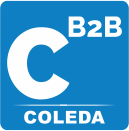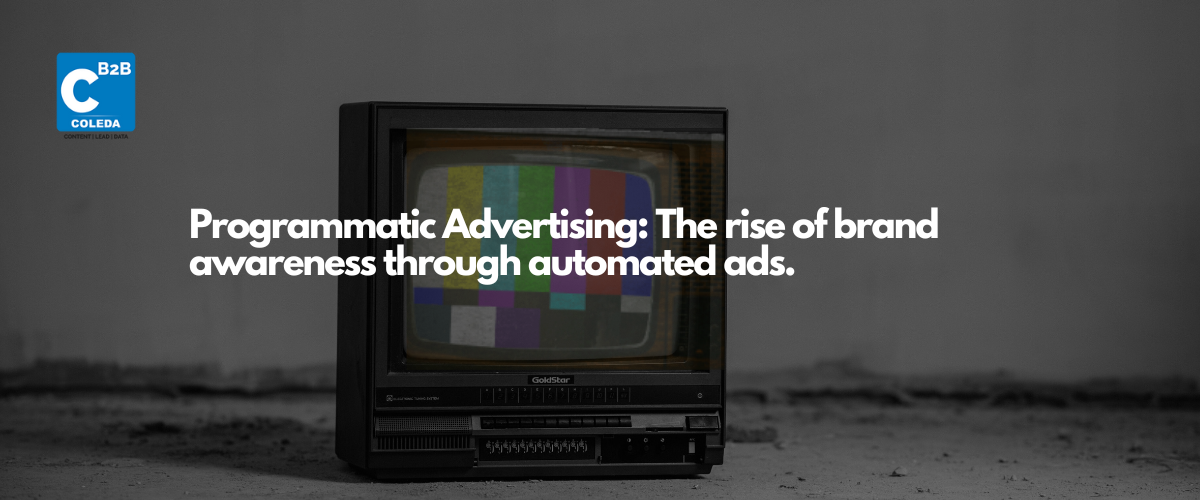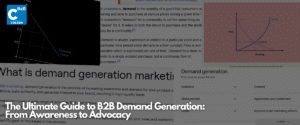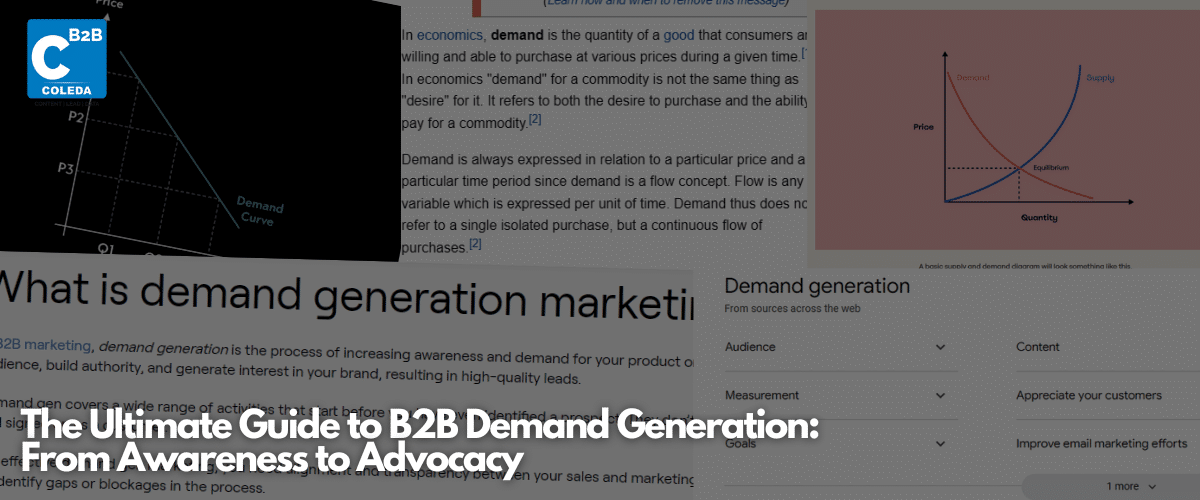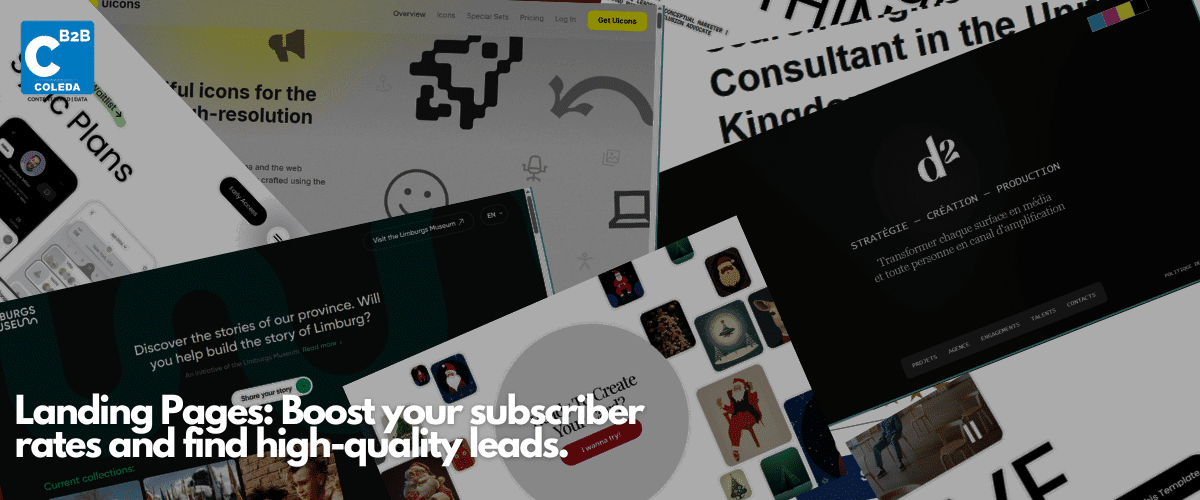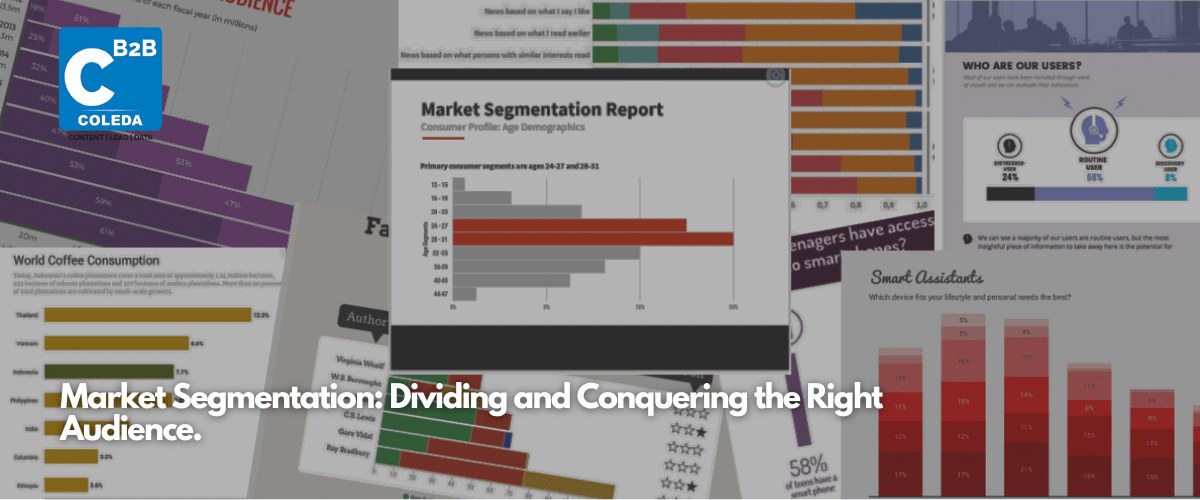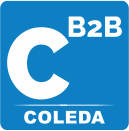
How far can organic search take an organization? Organic searches have limitations in a world where 96.55% of content on Google does not get traffic. (We know you see this stat everywhere, but it is note-worthy.) Advertising is important. Yes, even for B2B organizations. Yet, a lot of B2B marketers shirk away from it. It has failed in the past.
It does not reach the right audience. Even though robust long-term tactics like content syndication are helping marketing efforts, there are eyes of a relevant audience that may not be captured through organic means alone.
Programmatic advertisement is here to solve that! Ads are necessary for short-term growth and to build a brand presence.
If we decide to end this search for high-quality leads, we must reach our intended audience. How does programmatic advertisement help B2B firms do it? And why is advertising becoming important again?
Programmatic advertising eliminates the problem of ads popping up randomly and shown to irrelevant audiences. When used right, it will be an invaluable tool to generate high-quality leads and increase brand awareness.
Taking a risk on an ad campaign always sounds dicey. Will it be seen by the relevant eyes and generate high-quality leads? Will the campaign fail and end up generating little to no ROI? It will if advertisements are displayed over one network. And programmatic marketing provides its help there.
So,
What is programmatic advertising?
Programmatic advertising is the automation of the distribution of ads over the Internet. Using sophisticated algorithms, demand-side platforms (DSPs) show ads to relevant audiences based on the advertiser criteria.
How does programmatic advertising work?
DSPs place bids on behalf of the advertiser, and after winning the bid, it uploads the ads on multiple networks in milliseconds. This happens in real time. Of course, you must provide the DSP with a programmatic creative.
These sophisticated algorithms use user data to show them relevant ads.
PS: Remember all the product ads you see after searching for tools or information online? That is programmatic advertising. And it is automated.
Programmatic advertising may sound complex. But it means automated ad placement in a publisher’s space. There are many ad types. Experiment and find a strategy that works.
Types of programmatic ads to play around with: –
Display Ads
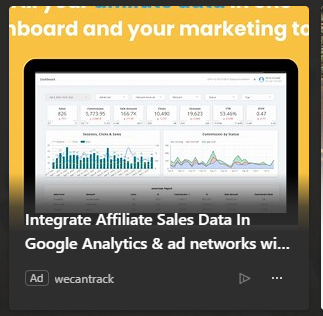
Display ads are usually the banners on a website. They are the ads people think of when they hear online advertising.
Native Ads

Native ads are unique. They seamlessly integrate into the UI of the platform and the topic the user is reading or looking at.
E.g.: SEMRush ad on an SEO blog.
Joint Initiative has a good post on it. Check them out!
Video Ads
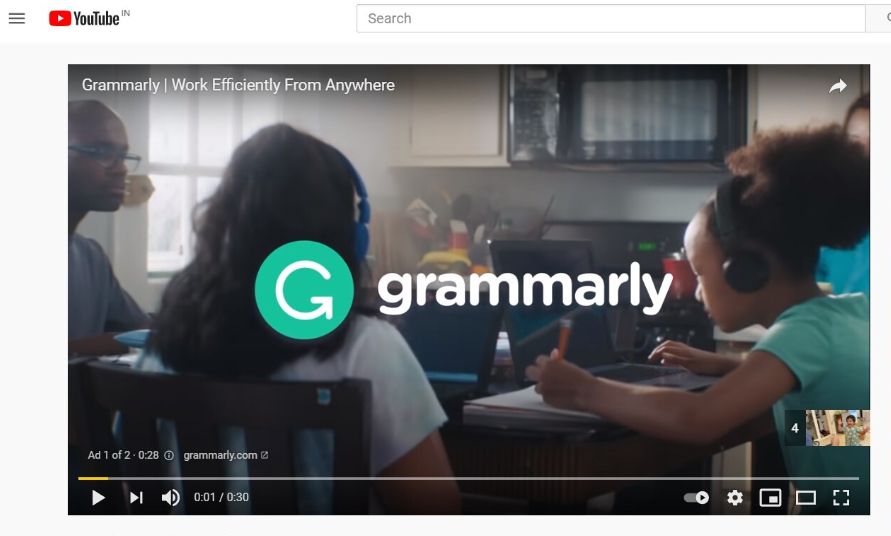
Video ads are simple. They are videos that usually autoplay when you are on a website. YouTube ads fall into this category.
Social Ads
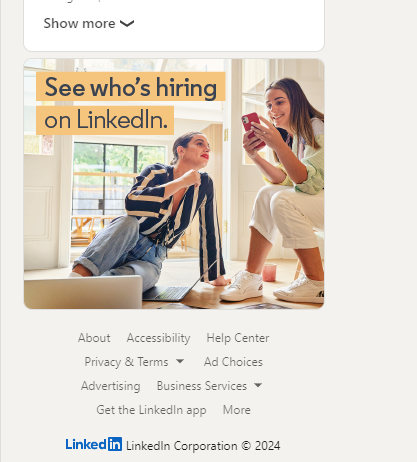
Sponsored ads on social media. Usually on LinkedIn, Facebook, Instagram, etc.
Audio Ads
Audio ads are fascinating. They are the ones that pop up during podcasts and music sessions.
How to get started with programmatic ads?
Understanding Demand Side Platforms, Sell-side platform, and RTB (Real-Time Bidding)
Programmatic advertising requires you to understand how the three work.
- The publisher sets up inventory (This is divided ad space) through SSPs (Sell-side platforms).
- The advertisers upload their programmatic creatives on the DSP, and it starts bidding on the advertiser’s desired inventory.
- The DSP, through Real-Time Bidding (RTB), buys the inventory and uploads the ad. Showing it to their intended audience.
Setting your target audience
An ICP is a crucial tool in programmatic ads, as it is in marketing in general. However, the added advantage of reaching your desired audience makes having the ICP crucial.
ICP creation can start by: –
- Identifying the likes and dislikes of the potential customers.
- Collecting data on all the KPIs that make up identifiers
- What are the websites the ICPs visit often?
- What does their purchase history look like? (In B2B, remember the decision maker is a human being. Their likes matter. Why? To create an ad that speaks to them)
- Understand their pain points and the discussion around them.
- Go beyond the obvious psychographic and demographic metrics. Ask meaningful questions. Some of the questions that have worked for us are: –
- If my ICP is a decision maker and is visiting websites like example.com. What else are they likely to engage with?
- How do they define success? What are the ideal customer goals in their current professional life?
- What is a mission your ICP cares about? How can you leverage that into your advertising efforts?
Setting up a budget
Budget selection defines the success of your programmatic ad campaign. But what are the metrics for creating a budget? A common problem CMOs are facing is budgeting for their efforts.
A good argument for investing in programmatic ads is this 2022 report by IAB. It is a fantastic piece. They say programmatic ads revenue has increased from 10.04 billion to ~109$ billion dollars. That is a 10.5% YoY increase.
As the landscape is today, it is bound to increase. Having a flexible budget is necessary for advertising. A few pointers to look out for are: –
- Revenue goals for the campaign.
- What is the CPC or cost-per-thousand-impressions (CPM) of the target keyword, and does it align with the revenue goals?
- Keep a flexible budget that can pivot based on campaign data.
- Set a goal that aligns with your ICP: Is lead generation the goal? Is it visitors to the website? Or a potential buyer?
- Discover the LTV of a lead and their potential to be a customer.
- Test your strategy with a smaller budget, and then scale it upwards (a safe option)
- Creating a copy
Often overlooked is the creation of a compelling creative. If an ad is seen directly, why must it be the best?
There lies the problem. The copy must rouse your intended audience into action. Because ads are shown directly to the prospect, they should be high quality.
Letting the creative team experiment and do A/B testing with the creative copy is the right thing to do. Imagine all the attention-grabbing ads! An ad that addresses pain points and speaks to its intended audience is based on thorough research and a deep understanding of the ICP.
Monitoring and optimizing your campaign
One of the most interesting parts of a programmatic campaign is acquiring prospect behavioral data. Programmatic advertising offers agility because it gives you data in real time.
- Exploring their interaction with the ad.
- Through A/B testing, understand what resonates with the audience and what does not.
- Pivots and making changes in your strategy based on the data received.
- And, of course, the obvious, collecting clicks and then website metrics like CTR to analyze the complete ad-to-interaction journey.
Programmatic ads are perfect for crafting ABM tactics and a great omnichannel experience. And they help your visibility. But there is a caveat.
Programmatic advertising helps reach a personalized audience. ABM tactics are rewarded, and the omnichannel experience is very much based on providing personalized offers and ads.
But there is a caveat: Google and other search engines do not count ad views as actual organic views. And yet, advertising is worth investing in. They help increase brand awareness. And as the need for a human and authentic touch increases with the rise of AI. So will the need for a brand that is decidedly human.
